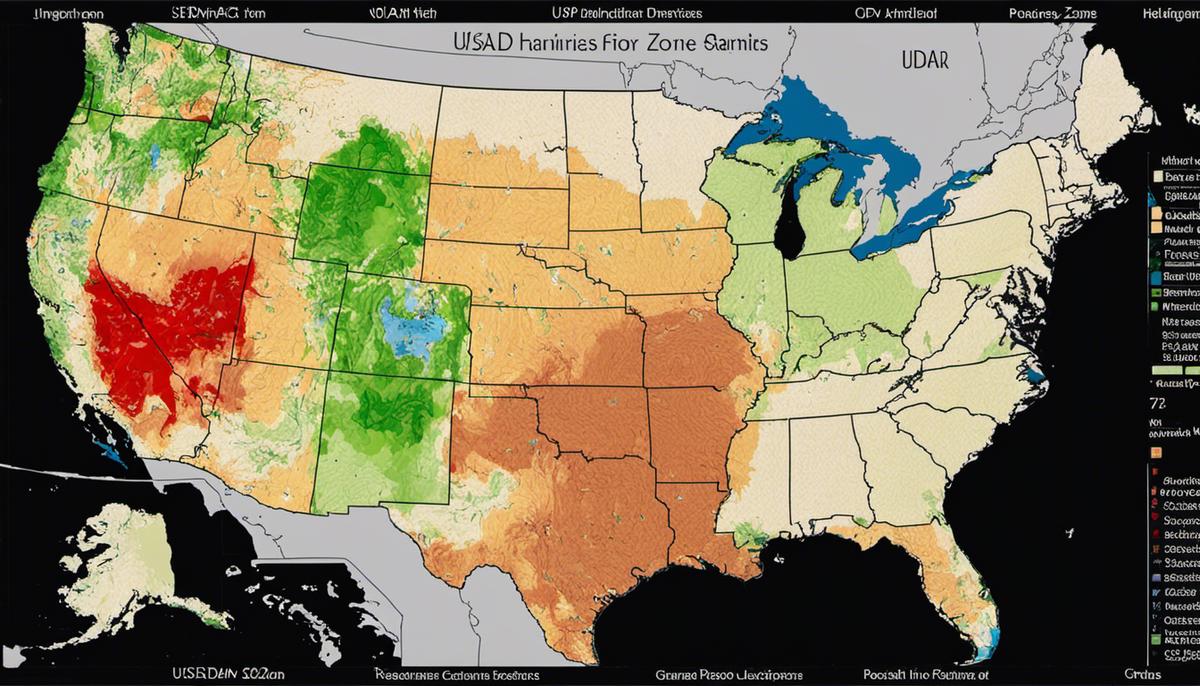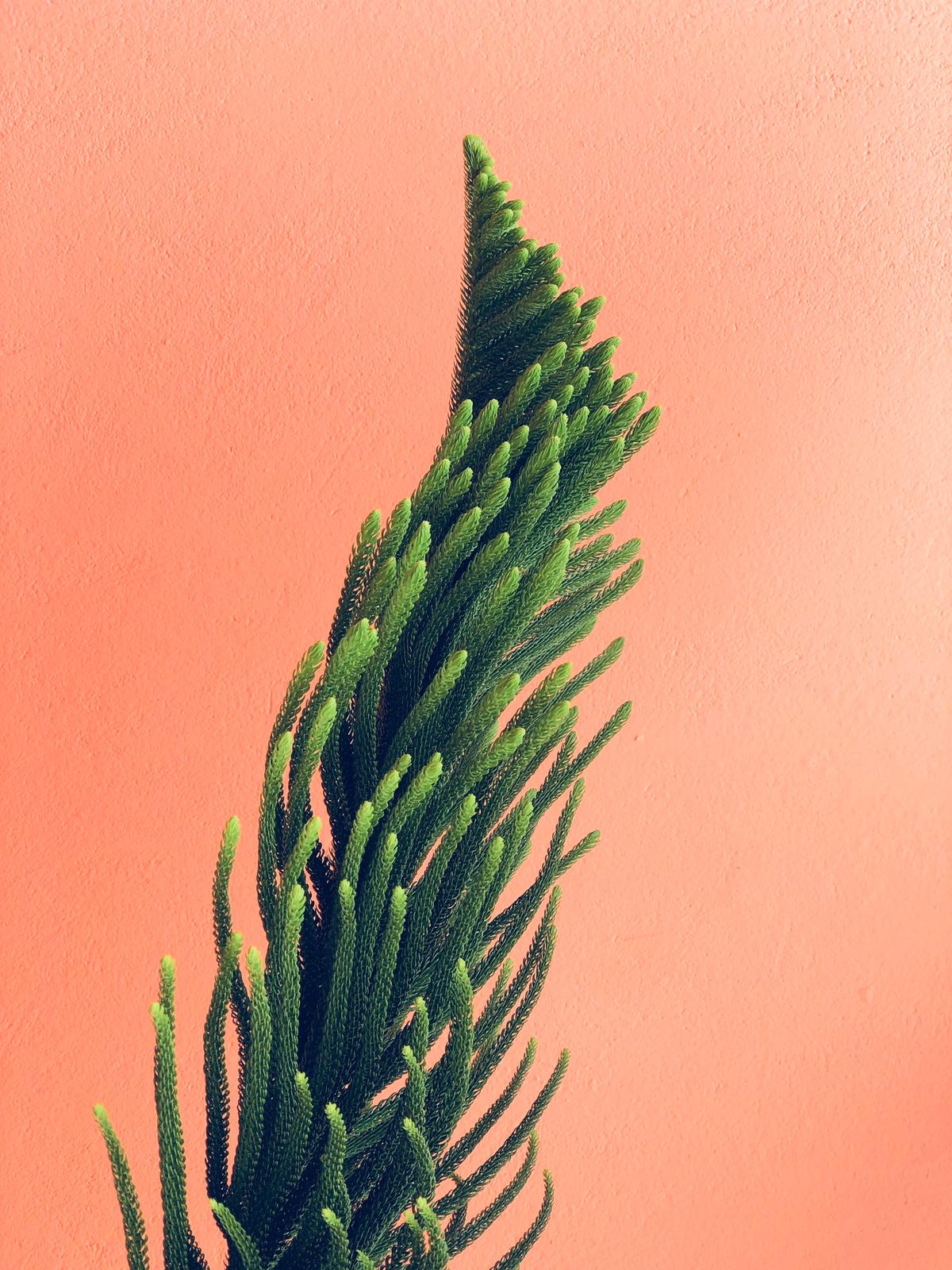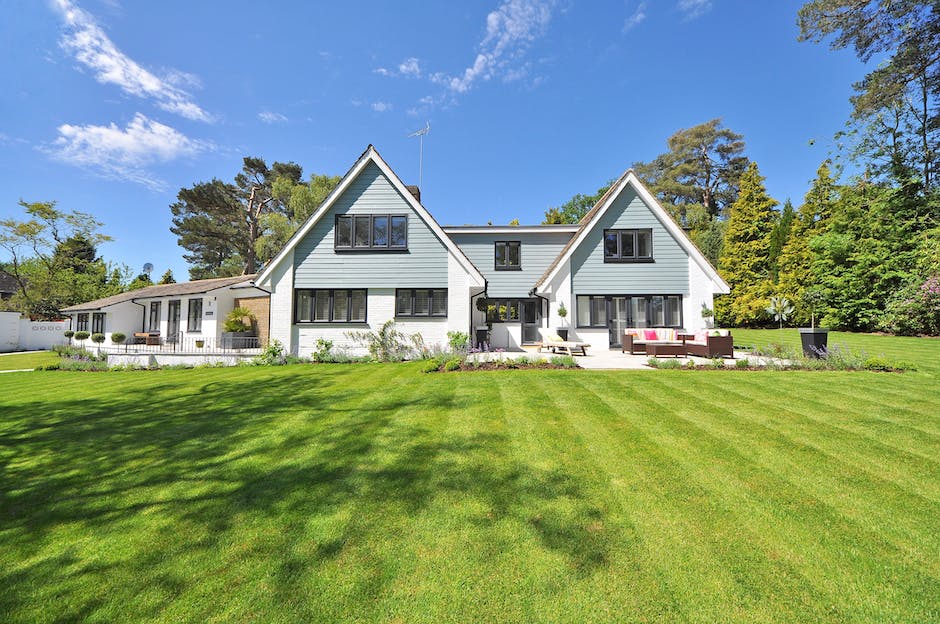Determining Colorado’s Planting Zone

As a gardener, understanding the environment in which your plants will grow is fundamental to their success. Among the key elements to be aware of is your geographical location’s USDA Plant Hardiness Zone. This map, created by the United States Department of Agriculture, serves as a guide to assist gardeners in identifying the plants that are most likely to thrive in their local area, taking into account factors such as frost tolerance and average minimal temperatures. In a diverse state like Colorado, where the terrain shifts from desert basins to snowy peaks, there are several different zones to consider, each one’s suitability for certain plants differing significantly from the others.
Understanding Plant Hardiness Zones
Understanding Plant Hardiness Zones: A Crucial Key for Garden Success
Just imagine it: thriving vibrant flowers, hearty vegetables yielding a bountiful harvest, lush-green foliage offering a peaceful sanctuary in your backyard. A hobbyist’s dream that could become a reality by understanding one crucial piece of information, plant hardiness zones. Certainly no stranger to any seasoned gardener, these zones lay the very foundation of successful horticulture. This article aims to shed light on this significant gardening concept, clarifying its importance and its role in helping your garden thrive.
Plant hardiness zones, sometimes referred to as growing zones or gardening zones, are geographically defined zones that deliver essential information about the overall climate conditions in an area and which plants or crops can thrive there. Agricultural practitioners, gardeners, and horticulturists rely on these zones to understand better the local climate’s annual extreme temperatures and design their gardens and farms accordingly.
So, why are they so crucial, one might ask? Because having this information at fingertips means choosing plants that will suit the year-round climatic conditions of your locale. It saves one from investing time, effort, and resources into planting something that won’t survive the coldest winter or the hottest summer.
Developed by the United States Department of Agriculture (USDA), the plant hardiness zone map divides North America into 13 zones. The divisions are based on average annual minimum winter temperatures, ranging from below -60 degrees Fahrenheit (Zone 1) to above 70 degrees Fahrenheit (Zone 13). Each zone represents a temperature range of 10 degrees Fahrenheit, and some zones even have sub-zones that indicate a difference of 5 degrees Fahrenheit. It’s this level of climate detail that helps in determining the plant species suitable for a particular zone.
To use these zones effectively, the first task is to find out which zone your garden or growing area falls into. This can be done by checking the USDA’s online zone map, entering your zip code, or referring to a trusted plant nursery or local extension service. Armed with your zone information, the next step is navigating through seed packets, plant tags, or nursery catalogs, which usually indicate the appropriate hardiness zone for that particular plant.
Remember that the plant hardiness zone is just the starting point in your plant selection process; it doesn’t factor in other essential elements like soil fertility, rainfall, and daylight hours. All of these influence your plants’ growth as well.
In summary, understanding plant hardiness zones is a powerful tool in a gardener’s toolbox. It provides a roadmap to make informed plant choices, creating a garden that won’t just survive but will flourish. Happy gardening!

Identifying Colorado’s Planting Zones
Fully harnessing the potential of Colorado’s garden glory begins with unwrapping the rich tapestry of the state’s very own plant hardiness zones.
You see, within its borders, Colorado spans four USDA plant hardiness zones — zones 3, 4, 5 and 6. Quite a diversity, right?
Now, here’s the exciting part. Understanding these particular zones in detail allows you to maximize your Colorado planting potential. So, let’s dig in!
Zone 3
The coldest region, is found in small pockets in Colorado’s highest altitudes such as the Rocky Mountain National Park. If you are gardening in this zone, you are looking at a short and cool growing season. Thus the types of plants that can handle this zone’s frigid temperatures include cool-season veggies like broccoli or kale and of course hardy flowers like Monkshood and Siberian Bugloss.
Zone 4
Which appears in the mountainous regions such as the San Juan and Sawatch Ranges. Cold winters and cool summers are characteristic of this zone. So it’s best to opt for frost-hardy plants including spruce, fir, and, the classic Colorado tree, the Blue Spruce. You will also find many native wildflowers that thrive in these cooler elevations.
Zone 5
Trending across areas such as Fort Collins, Denver, and Boulder. The growing season is longer and warmer and the plant options plentiful. Staple plants for this zone include Honeylocust trees, tulips for a burst of spring color, and of course, the Colorado state flower, the Rocky Mountain Columbine.
Zone 6
Found in the mildest parts of the state such as the southeastern plains and the lower western valleys. This area has the longest growing season, and a variety of plants can thrive here, from Rocky Mountain Maples to some heat-loving perennials like Black Eyed Susans.
Voila! There you have it – the intricate tapestry of Colorado’s plant hardiness zones! Fully understanding these zones and selecting the appropriate plants can help you make the most of your Colorado garden.
So why are you still reading this? Grab your trowel, your gloves, and your Colorado-hardy plant selection and get cultivating! Enjoy the delightful journey of gardening in Colorado’s myriad climate zones.

Applying Zone Information to Garden Planning
Starting with some of the hardest zones, Colorado is home to some areas classified under USDA zones 3 and 4. These include regions like Moffat and Jackson Counties. These hardiness zones are characterized by challenging growing conditions due to colder temperatures and shorter growing seasons. But even in these colder zones, gardening enthusiasts can grow a variety of plants! Some of the plants ideally suited for these zones include the Colorado Blue Spruce, Quaking Aspen, or Wood’s rose. The tenacious Siberian Iris and Boreal Bluet are also known to tolerate cooler temperatures found in these zones.
Moving towards slightly warmer regions, USDA zone 4 can be found in Colorado’s high country, including famed mountain towns like Aspen and Breckenridge. Colorado’s continental climate provides this zone with cold winters and cool summers. Yet with proper guidance and a bit of care, mountain gardeners can work their magic! Hardy vegetables like lettuce, spinach, and radishes do well in these conditions, along with vibrant flowers like the Blue Columbine (the state flower of Colorado), Alpine Forget-Me-Not and White Mariposa Lily.
Next, we have the regions falling under USDA hardiness zone 5. This zone includes popular areas like Fort Collins, Denver, and Boulder. Here, the growing season extends and becomes warmer, allowing a wider variety of plants to thrive. These range from perennials like Gaillardia and Penstemon to vegetables like peppers, tomatoes, and corn. In this zone, one can also successfully cultivate deciduous trees like the Thinleaf Alder and the Red Aspen.
Lastly, Colorado hosts some areas that fall under USDA hardiness zone 6, and these tend to be the mildest parts of the state. Found in cities such as Grand Junction, these areas enjoy the longest growing season in Colorado. With this extended season, it is possible to grow a diverse range of plants. Chinese Mahogany, Fruit Trees (think Apples, Cherries, and Apricots), and Red Scarlet Sage are just a few examples!
Gaining an understanding of these zones and their associative plant life plays a crucial role in gardening success. Choosing the right plants for your region can mean the difference between a thriving garden and a wilting patch of disappointment.
Whether you’re tending an unyielding mountain garden or enjoying the relatively mild climates of the lowest valleys, gardening in Colorado is a diverse and rewarding experience. No matter which hardiness zone calls you to sow your seeds, remember that understanding your specific zone can assist you in making the best choice for your Colorado garden. Happy planting, fellow garden enthusiasts!

With a deeper understanding of Colorado’s Plant Hardiness Zones, you can now make better informed decisions when planning your garden. This knowledge enables you to select plants that aren’t just pleasing to the eye, but also capable of thriving in your particular zone. The hardiness zone map should not be seen as a limiting factor, but rather as a tool to increase your garden’s potential and longevity. It is our shared hope that with this information you’ll find joy and success in your gardening endeavors, watching your plants flourish season after season in the Colorado soil.



